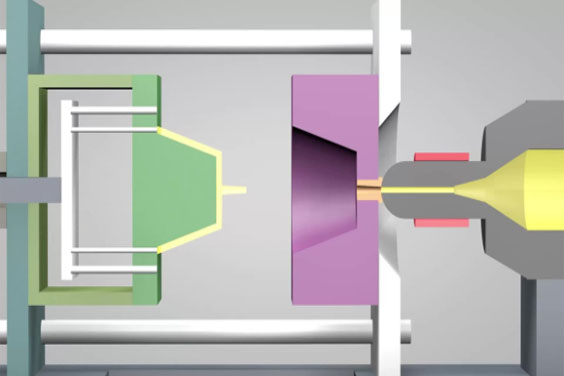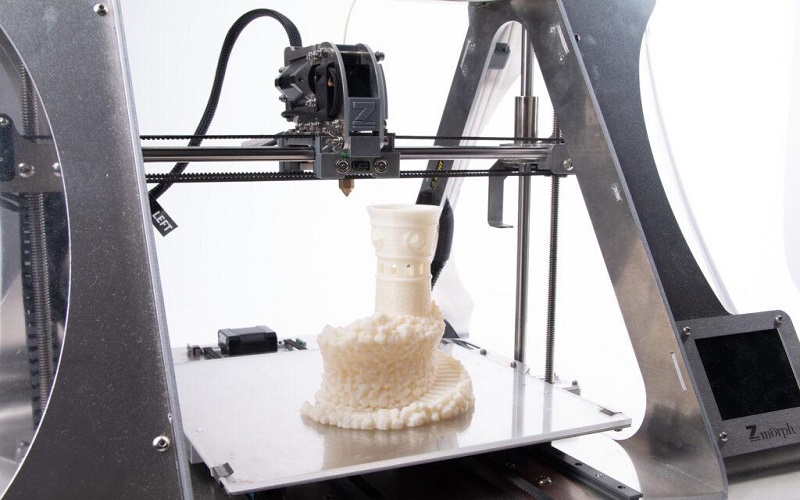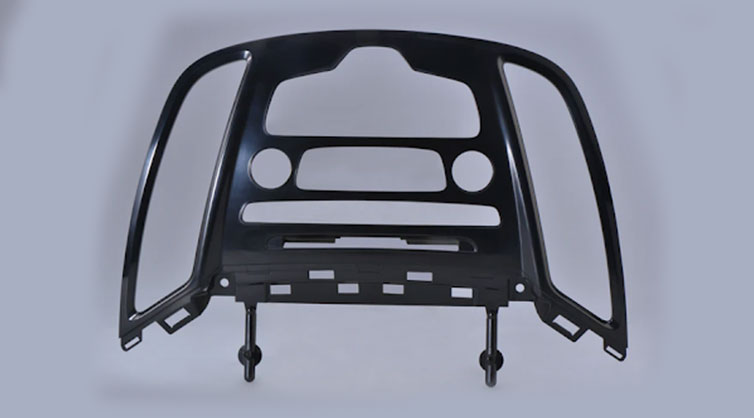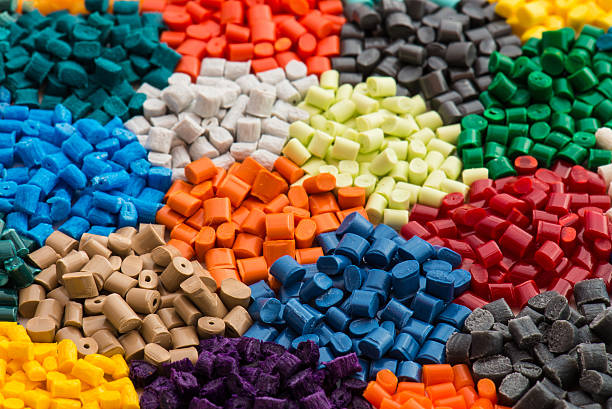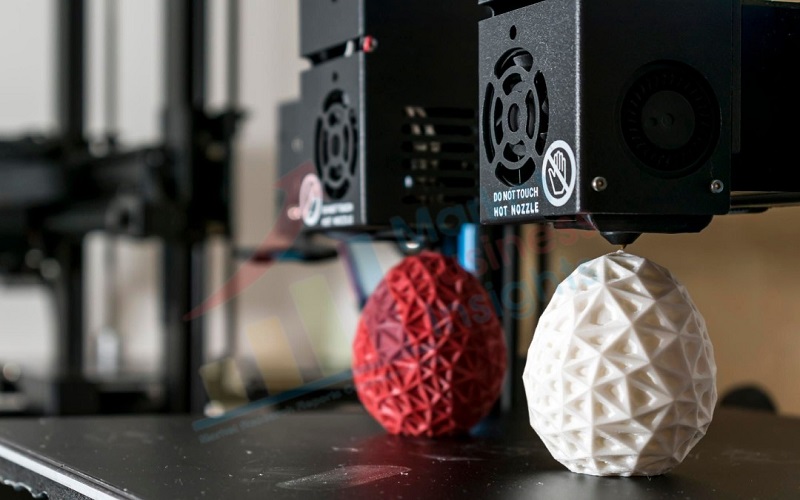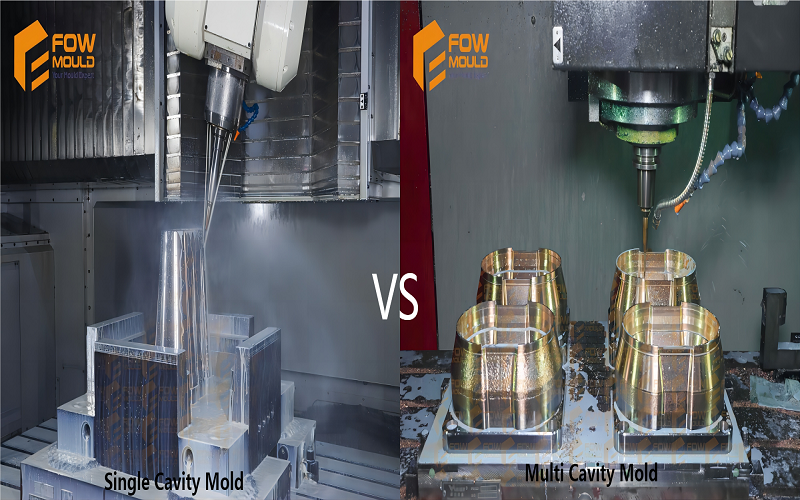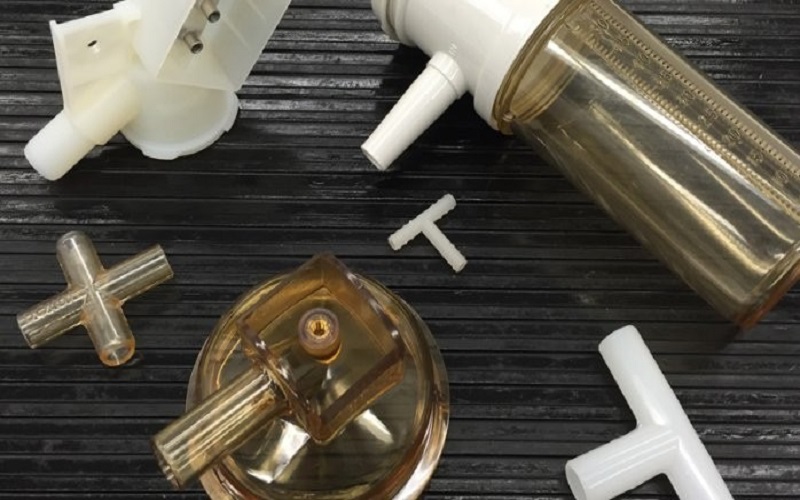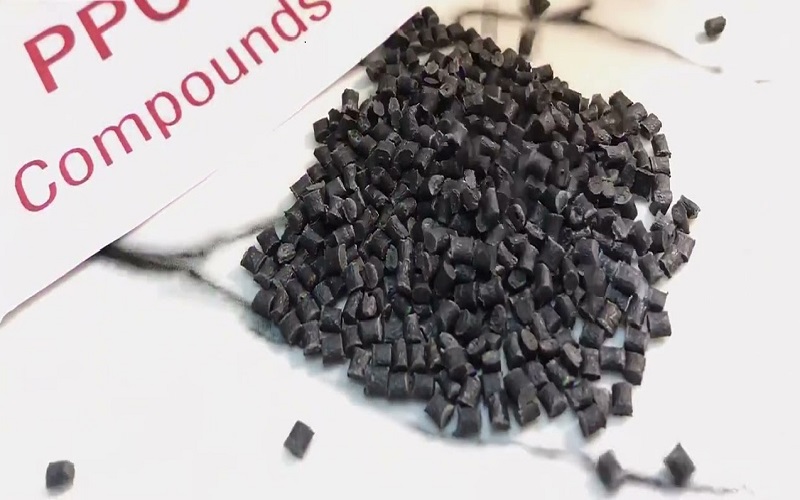
Plastic Molding: Ultimate Guide
- Home
- > Plastic Molding: Ultimate Guide
Nothing has changed the world, for better and for worse, than plastic. It brought a level of convenience never seen before, and despite the many environmental implications, it would be a lie to play down the many benefits that civilization has accrued from their use. As far as customizations are concerned, plastic molding is the surest way of getting the exact product that you want.
It is the process where liquid and pliable forms of plastic are shaped using a rigid frame known as the matrix or mold into any shape you may want. The molten liquid polymer is poured into a hollow mold, and that’s what determines the final shape of the product you wish to create.
We will be looking at the plastic mold making processes, the types involved, and how they impact the daily lives of people around the world.
Table of Contents
The History of Plastic Molding

Once the world realized how vital plastics had become in their lives, various new methods of maximizing that were invented, and plastic molding was one of the many that immediately transformed the plastic industry.
Plastic molding has its origins in the late 1800s, when the need for plastic billiard balls spurred John Wesley Hyatt to invent a new process of making billiard balls by injecting celluloid into molds. At first, the process was tedious and had many flaws, but four years later, in conjunction with his brother, Hyatt came up with a machine that could automate the whole procedure; he had it patented. The mould design of that machine formed the basis of all the modern molding processes that we see today.
Building on that, James Hendry invented the screw injection molding machine in 1946 that was a big improvement to the plunger injection technique that had been in use for a while until then. The screw injection technique has survived to this day, getting many variations in the process but holding to the basic foundation that James used nearly a century ago.
Plastic molding has grown from strength to strength over the years to what it is today and continues to be improved. With plastics being part of human life for the foreseeable future, it is not impossible to imagine the process of getting another facelift in the near future that would take it to another new level never seen before.
Types of Plastic Molding Processes
There are six main types of plastic molding processes that are used in various manufacturing industries around the world to create many daily use products. The following are the six types of molding processes and their applications.
Rotational Molding
Also called Rotomolding, this is a widely used manufacturing process used in the production of large hollow products created by placing liquid resin or powder inside a metal mold and rotating it at varying speeds inside an oven until all the resin evenly coasts the inside of the mold.
This rotation creates a centrifugal force that acts on the mold leading to an even distribution of the inner coating. Once that is done, the mold is withdrawn from the oven and allowed to cool down, turning into hardened plastic, which can now be removed easily from the metal matrix.
One advantage of this method is that there’s very little wastage involved, any extra plastic resin or powder is incorporated into the mold by the centrifugal force, and nothing drops out, making this one of the most efficient molding processes. If anything falls off, it can always be reused in the next batch.
Applications of Rotational Molding
The creation of hardened containers like combo bins, refrigeration boxes, barrels, drums, and shipping containers
Water storage tanks used in homes and in huge buildings, sewage tanks, fuel tanks, and tanks that hold a host of other liquids.
Creation of small plastic toy mold like plastic balls, playground structures
Plastic furniture molding like patio chairs, garden planters, rain barrels, and a wide variety of outdoor items that can withstand rain and direct sunlight.
Advantages
Low-cost tools
Uniform thickness
Double-wall construction
Decent durability
Stable products
High tensile strength
Beautiful construction
Disadvantages
Cycle times are high
Material options are limited
Expensive raw materials
Low repeatability
Requires high skilled labor with high expenses
Injection Molding
This is an exciting method that involves the injection of molten plastic into pre-designed molds, which are then opened once they have cooled down, leaving behind a perfectly shaped product. The injections are done at high pressure to stop any air bubbles from forming, and this makes the item being created have a very compact structure.
The metal mold is held together using metal pins and is closed tightly before any injection occurs through a single tiny point that can accommodate the injection nozzle. It is a very precise process that can be customized in any way one would feel like. You can choose to mix up different colors, and you can create all sizes of times, from tiny pellets to huge shapes, bigger than the average human.
The versatility of the injection molding process has made it a very popular option for many manufactures that deal with plastic products, and the technology behind it keeps improving every year. The process itself is expensive to set up and pull off, but it becomes cheaper in the long run due to its high volume production capabilities.
Applications of Injection Molding
Creation of auto molds that can withstand movements. These include dashboards, among others.
Manufacturing of pocket combs, wire spools, bottle caps, and other daily use items
The making of precise surgical equipment
Plastic art and toys
Advantages
High volume production making it ideal for big manufacturers
Long-running costs are low
Scrape rates are also very low
It can be used for repeatable tasks
Disadvantages
High tooling costs
It has large lead times
Not a flexible process, making changes can be costly
Blow Molding
For those familiar with the glass making process, blowing is extensively used to shape glass while it is still hot through a process called Blowing. This same principle is applied in the blow molding process for plastics. When it comes to making hollow plastic objects with uniform thickness, then the blow molding process is the king.
The process begins with plastic getting heated up to a heavy viscous state inside a blow molding crucible. Once the right temperature is attained, hot is injected from an opening slowly, causing the viscous plastic to expand into the intended shape. As it expands, the plastic presses against the walls of the molding crucible, taking shape in the process; at that point, the hot air being blown into it is cut off. The mold is left to cool off, and the resulting product comes out uniform and ready to use.
The whole process is pretty fast and can take about 2 minutes, and when you consider the number of molding crucibles that can be set up, you are looking at a very high production rate within a full day of manufacturing.
Applications of Blow Molding
Generation of plastic bottles, drums, fuel tanks, and other liquid holding containers, big and small
Industrial containers for storing corrosive substances like acids
Personal care containers for products like hair care products, lotions, nail polishes, and all the makeup products.
Motor oil bottles
Advantages
Good for high volume production
Wide range of products
Can be automated
Blow molding machines are cheap
Low maintenance needs
Disadvantages
Low precision
It relies heavily on petroleum-based raw materials
Not good for the environment
Compression Molding
Compression molding, as the name indicates, works by the application of intense pressure onto a heated plastic material to force it into a specific shape before it gets the time to cool down and harden. The raw plastic material is fed into the compression machine in the form of pre-heated plastic sheets, most times in bulk.
Once the sheet is in place, the compressor gets down to the work of pressing it into the desired shape, with the heating on to ensure that the molded plastic retains the tensile strength required before the hardening process begins. Once all that has been taken care of, the final product is left to cool down, and it’s taken out. What follows next is the trimming process that ensures any unwanted protrusions are gotten rid of. The product is now ready for use.
The compression process makes use of advanced composite materials that ensure the final product is stronger and durable, making it a very popular method for industries that deal with volatile materials that require a secure packaging solution.
Applications of Composite Molding
Electrical components like hard wall sockets and extension housings
Fiberglass, thermostats
Automotive parts
Clothing fasteners
Body armor
Advantages
Low capital requirements
Mold maintenance is not complicated
Low residual material
Mechanical properties are retained
High-quality products
Disadvantages
Not economical for small quantity production
Requires added process like trimming after the molding; this translates to more work and more costs
The parting molding lines are visible on the product, and that’s not a good look
Mold depth limitations
Extrusion Molding
At face value, extrusion molding almost looks similar to the injection molding process; the only indifference is that in extrusion, a long continuous shape is what’s produced, and in extrusion, instead of a mold, what is used is called a die-cast.
The process begins by squeezing hot viscous plastic material into the custom made casting die. Imagine how the dough is usually squeezed to make small pancakes; that’s the same principle that is applied here. In this way, it is not the shape of the mold that determines the shape of the final products, but rather the die. This means the shape is derived from the squeezing process itself.
This is the ideal manufacturing process that involves the creation of materials with continuous lengths and uniform cross-sections, like plastic water pipes. The extrusion machine itself has a special screw that is used to feed raw materials into the machine. The molten plastic then moves on into the die, thus creating a long tubular shape depending on the shape of the die used. After cooling, the resulting product is removed from the machine.
Extrusion has three variations: Direct extrusion, Hydrostatic extrusion, and Hot extrusion, each designed for the reaction of various objects.
Applications of Extrusion Molding
Production of tubes and hollow pipes
Aluminum extrusion
Creation of frame for doors and windows used for cars
Water pipes and other daily home use items
Advantages
The best method for long products
Low production cost
Highly flexible products
Allows for easy manipulation of molten products
Disadvantages
Limited to linear polymers
Hot plastic rarely expand once they leave the extruder
The process has a limited range
Thermoforming
Thermoforming involves the use of a special typo plastic called thermoplastic, whose temperature is raised to a point where it becomes pliable. It is then fed into a mold where it is shaped into a specific shape depending on the set parameters.
The process begins by the heating of a plastic sheet in an oven using either convection or radiation until it reaches a temperature that allows it to be manipulated freely. The material is then stretched into a single mold at the point where it is the softest and held in place as it cools to complete the hardening process.
For the best results, at times, the sheet is held horizontally over the mold and either pressed into or stretched over the mold using air pressure, vacuum pressure, or pure mechanical force to beat it into the desired shape. Any excess material that forms is then trimmed away and taken back to the melting crucible for reuse.
Applications of Thermoforming
Food packaging
Plastic toys
Aircraft windscreen
Cafeteria trays
Cosmetic containers
Shower enclosures
Electronic casings
Advantages
Allows for large molds to be made
Tool requirement costs are low
Easy
Creates superior products
Disadvantages
Requires the machine to be fed frequently, and that’s tiring since it is a manual process
You have to watch the temperature, or risk breaking the product
Requires more raw materials that the other processes
Emerging Issues Facing Plastic Manufacturing in 2021
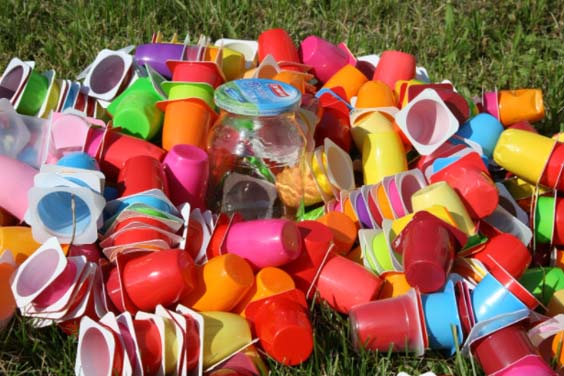
There are a lot of issues that surround the plastic manufacturing industries, issues that date back decades. As soon as one issue is solved, the next one pops up. As 2021 begins to a slow start, thanks to the effects of dealing with a pandemic, the following are some of the emerging issues that affect plastic molding and other plastic related industries.
Pollution
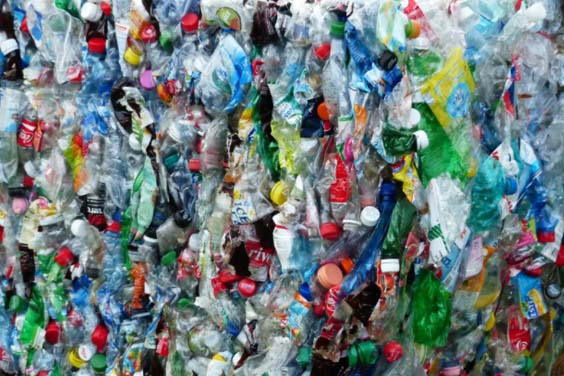
More and more plastic molding processes are invented all the time to address what the already existing ones lack. This is the foundation that has seen the continued progress of the industry, and as the demand for more plastic-based materials goes up, manufacturers are forced to find new and efficient ways of increasing production without harming the environment.
It is hard to see a future without plastics, and the best we can do for future generations is to find solutions that will not just help them when their time comes, but they’ll have a world that hasn’t been destroyed beyond help by pollution.
Plastic materials are derived from petroleum, one of the biggest pollutants on earth. The mining of oil alone devastates the environment to such levels that can never be repaired. The resulting by-products like gasoline are known air pollutants and when you finally come to plastics, it is hard to quantify the damage they have wreaked on the ecosystem.
It is estimated that there are about 14 million tonnes of plastic waste floating around in seas, rivers, and hanging around on land in various parts of the world. This is serious considering they are non-biodegradable and will stay like that for years, poisoning life.
The solution? The development of other alternatives to plastic that are biodegradable as well as stepping up recycling efforts to ensure that every piece of plastic that has ever been used is turned into something useful.
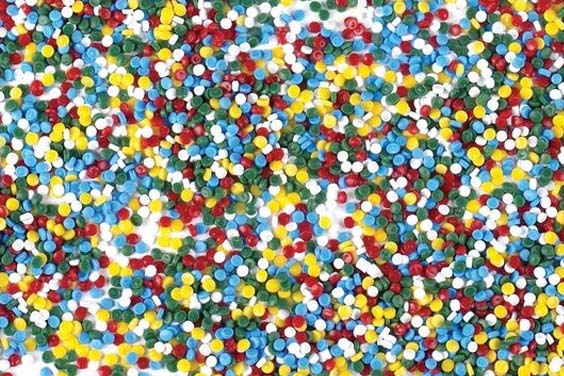
Raw Materials
With environmental laws becoming stringent in pursuit of a sustainable manufacturing environment, getting access to raw materials is becoming harder for many manufacturers, and this has increased the cost of plastic molding processes in many countries.
Although all these rules are created in good faith, the cost is usually transferred to the consumer, and this has created friction in the ranks, which has negatively impacted the production of plastic-based materials. This has forced manufacturers to either find alternative sources that conform to the rules or forced them to scale down their production.
Unless a viable solution is created soon, plastic molding and other plastic related processes will continue to be sieged by all these rules that make it harder to access raw materials like they used to.
Automation
On a positive note, the automation of manufacturing processes has made the quality go up and the speeds of production to increase, and this has ensured that the ever-increasing demand is met sufficiently. Although this has led to massive layoffs of human laborers, the upside has seen the reduction in staff expenses and increased rates of production, which makes it easier to utilize all the raw materials without wasting anything.
In summary, the automation of plastic molding processes has made it easier for manufacturers to conform to sustainable targets much faster than they had hoped to.
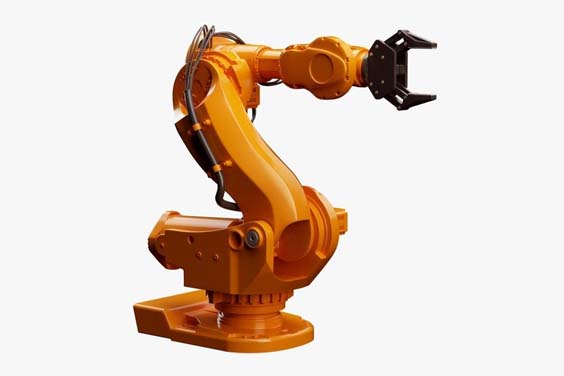
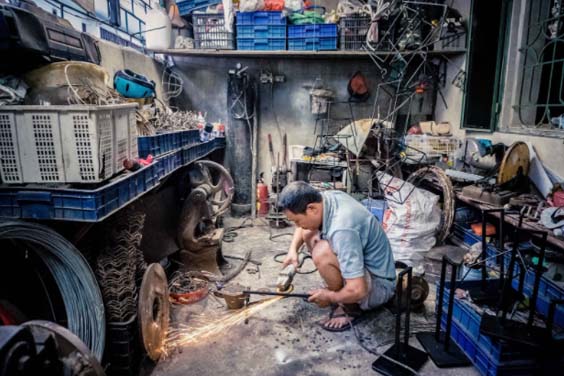
Skilled Labour
Automation may have eased the burden of having to deal with high salaries and injury claims, but it has also robbed the manufacturing sector of skilled labor that had taken years of experience to mold.
A process like blow molding cannot simply be automated and left to the machines; it took individuals who went through years of training and working, making mistakes and all for them to be able to create uniform products as fast as they can. This is the kind of skilled labor that plastic molding manufacturers increasingly have to deal with as years go by.
The solution would be to increase training for those roles that can only be done by human workers rather than jettison everyone into the water once robots start walking through the doors. It may cost the companies a fortune training people to attain such a skill, but the long term benefits far outweigh the risks.
Keeping Pace with Technology
The one thing about technology is that whether you embrace it or not, whether you are ready for it now or not, it will always move on without changing course. You either keep up with the pace or wake up in the morning and find that you were left behind.
Technology has increased expectations from consumers, and many plastic molding manufacturing companies have had to find new ways to keep up with the pace. They have had to do things they would have thought unnecessary just a decade ago. From setting up websites and call centers on top of having to link with e-commerce websites like Amazon, Alibaba among many others, to increase their customer base.
New manufacturing technologies like 3D printing are also starting to pick up pace due to their ability to make manufacturing faster and more efficient. It is only a matter of time before all these technologies finally become the difference between success and failure.
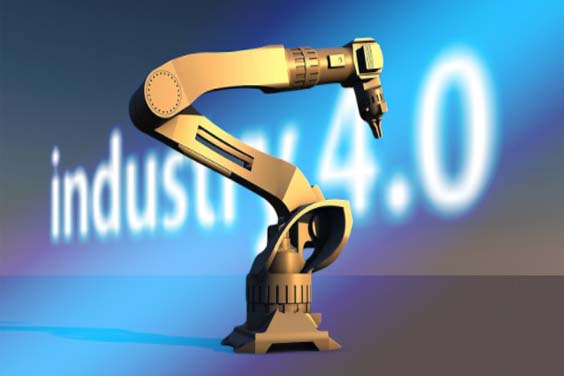

An Uncertain Future
It is a known fact that oil reserves in the round will not last for long, and since they are the main source of plastic materials, their dwindling prospects are directly tied to the future of plastic mold manufacturing, and unless new alternative solutions are found, there will not be a single plastic molding company left standing in the next 100 years.
About 100 years ago, when oil was in full use around the world, the future of plastics was never in doubt, but now, with the world grappling with severe environmental issues and increased overexploitation of natural resources, that future has become bleaker than it was anticipated.
The best way to deal with this would be to embrace new raw materials that don’t rely on oil and, at the same time, materials that don’t inflict too much damage on the environment. This is the reality that the plastic molding industry is preparing itself for at the moment, and there’s that technology will play a good part in making sure a good solution is arrived at before oil wells run out.
Conclusion
Plastics are here to stay, at least for the foreseeable future, pending the many regulations that are being formulated to control the industry. At FOW Mould, we are dedicated to providing plastic molding solutions that range from domestic to industrial scale needs. We have a team of experts who are dedicated to their work to ensure we provide the highest quality of plastic products that conform to the sustainability requirements. If you have any questions or concerns that need to be addressed, contact us at any time of the day, and we will be there with all the answers.

